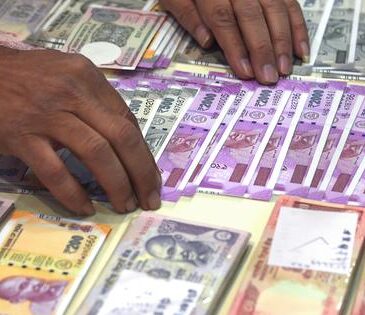Asian currencies strengthened on Wednesday as the U.S. dollar weakened amid uncertainty over President Donald Trump’s proposed tax reform and heightened caution during the ongoing G7 finance ministers’ meeting, which often addresses foreign exchange matters.
The U.S. Dollar Index dropped 0.3%, while Dollar Index Futures declined 0.4% during Asian trading hours. The dip followed Trump’s push for congressional Republicans to support a sweeping tax cut bill, though key lawmakers remain unconvinced. If passed, the bill could significantly expand the U.S. fiscal deficit. Last week, Moody’s downgraded the U.S. credit rating due to rising national debt.
Investors are closely watching the G7 meeting in Canada, where any changes in language around FX policy could impact dollar sentiment. Analysts at ING noted that minor tweaks in the final communique could trigger market reactions.
Meanwhile, several Federal Reserve officials cautioned that persistent trade tariffs could elevate inflation, possibly delaying interest rate cuts.
In Asia, the South Korean won led gains, with the USD/KRW pair dropping 0.5%, followed by the Japanese yen, with USD/JPY down 0.4%. Japan’s trade balance unexpectedly shrank in April, reflecting weak exports due to U.S. tariffs and a strong yen.
The Chinese yuan remained steady despite escalating tensions. Beijing opposed new U.S. restrictions targeting Huawei chips, warning that such actions could jeopardize the fragile 90-day trade truce.
Elsewhere, the Australian dollar rebounded, with AUD/USD up 0.5% after Tuesday’s 25 basis point rate cut by the Reserve Bank of Australia. The Singapore dollar (USD/SGD) slipped 0.2%, while the Indian rupee (USD/INR) held steady.
The combination of a weaker dollar, trade concerns, and central bank signals helped lift sentiment for Asia’s emerging market currencies.




